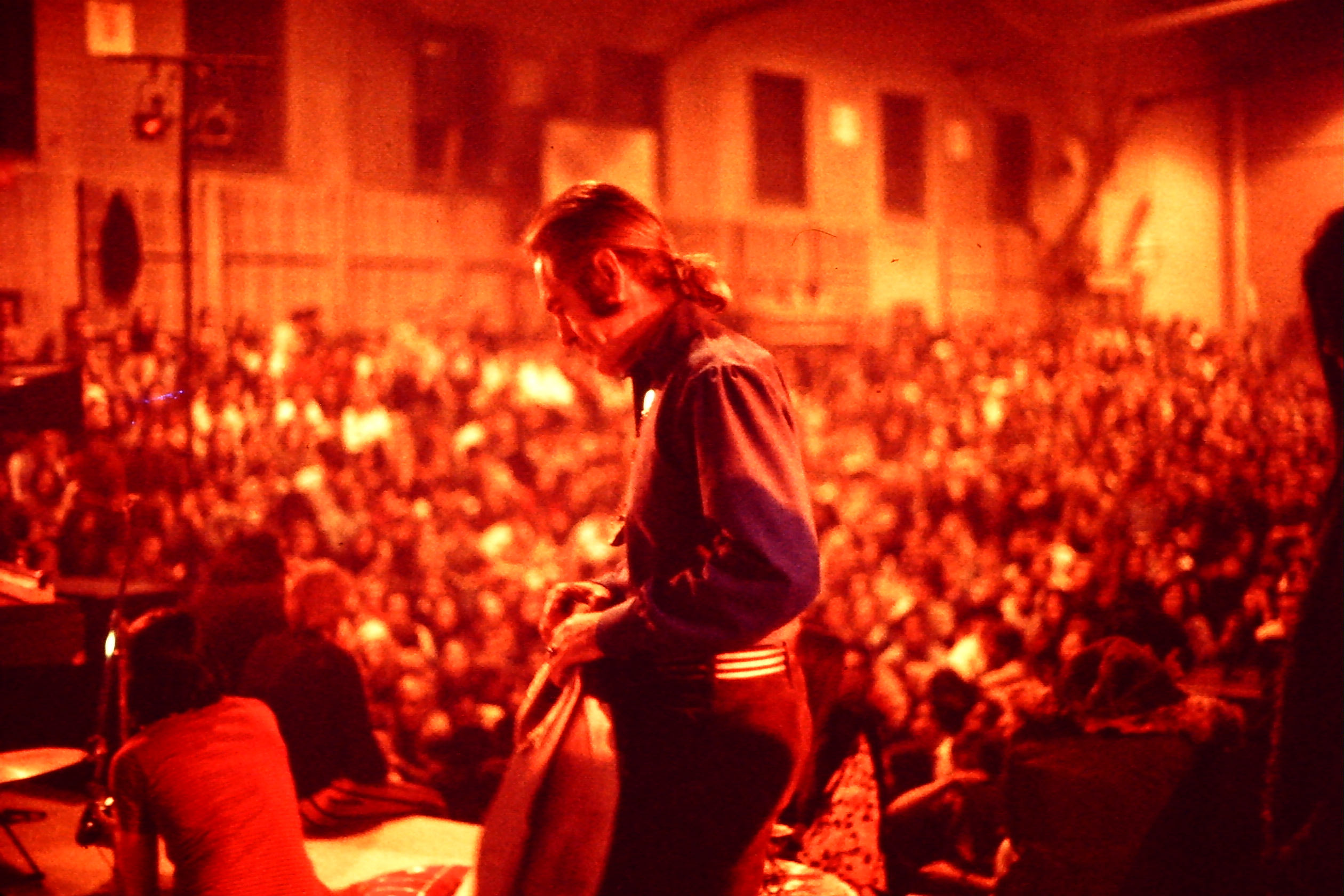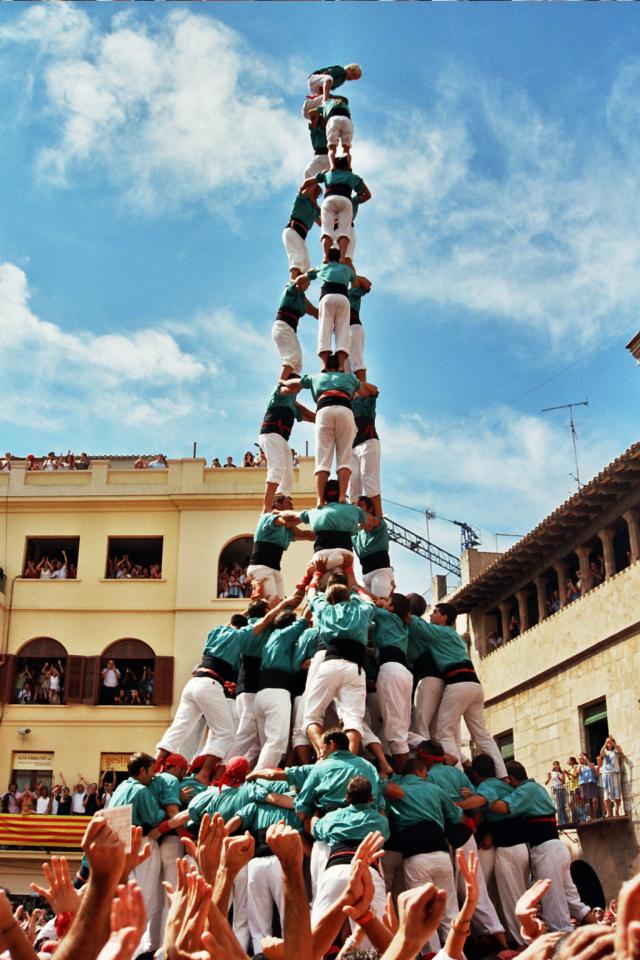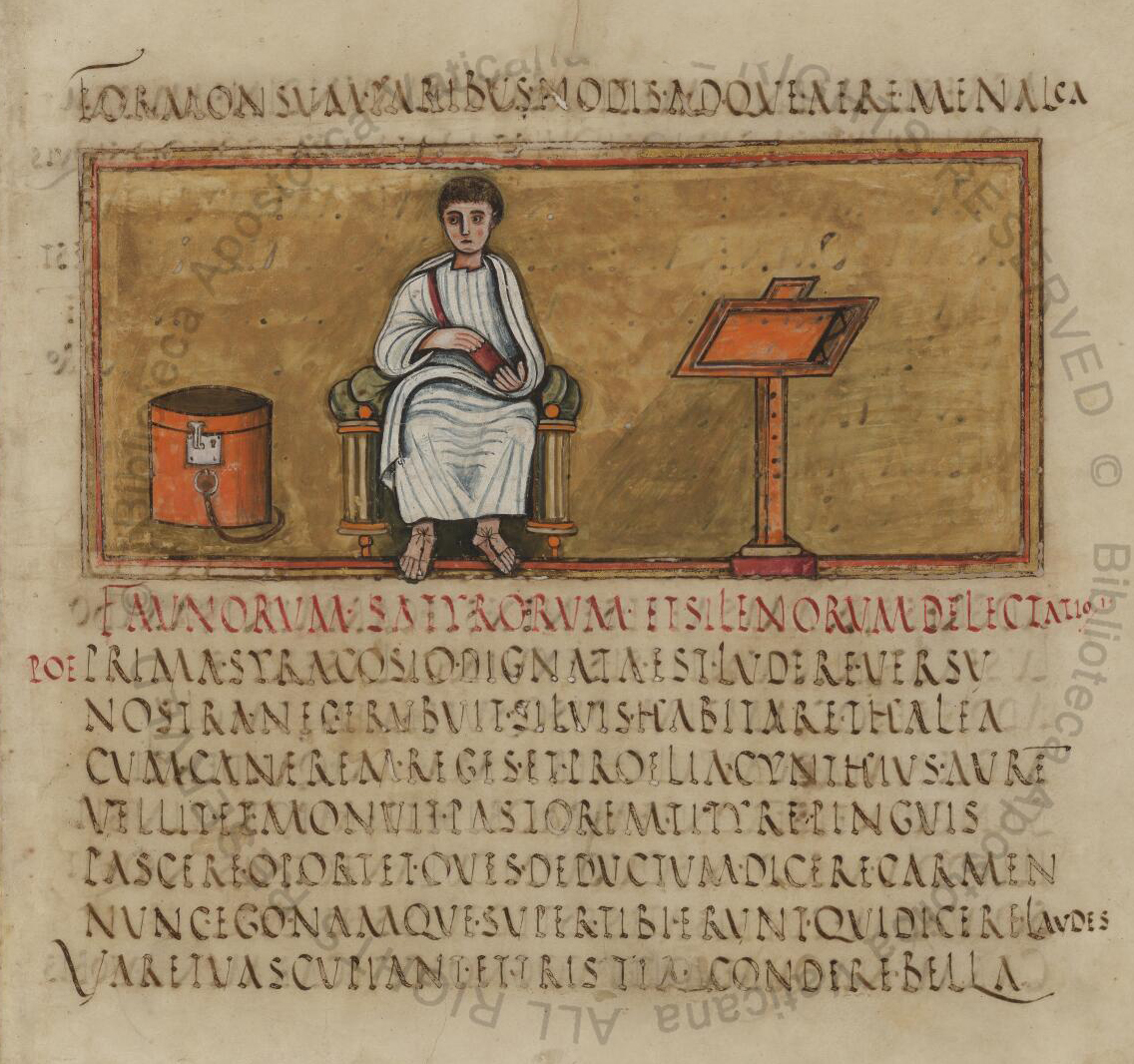|
The Psychedelic Experience
''The Psychedelic Experience: A Manual Based on The Tibetan Book of the Dead'' (commonly referred to as ''The Psychedelic Experience'') is a 1964 book about using psychedelic drugs that was coauthored by Timothy Leary, Ralph Metzner and Richard Alpert. All three authors had taken part in research investigating the therapeutic potential of psychedelic drugs such as LSD, psilocybin and mescaline in addition to the ability of these substances to sometimes induce religious and mystical states of consciousness. Composition and publication The text was started as early as 1962 as part of the Zihuatanejo Project in Zihuatanejo, Mexico. It was published in August 1964. A reading from the book was recorded by the authors on an LP under the name ''The Psychedelic Experience'' in 1966. It was reissued on CD by Folkways Records in 2003. Purpose The book is dedicated to Aldous Huxley, an early proponent of psychedelics, and includes a short introductory citation from ''The Doors of Per ... [...More Info...] [...Related Items...] OR: [Wikipedia] [Google] [Baidu] |
Timothy Leary
Timothy Francis Leary (October 22, 1920 – May 31, 1996) was an American psychologist and author known for his strong advocacy of psychedelic drugs. Evaluations of Leary are polarized, ranging from bold oracle to publicity hound. He was "a hero of American consciousness", according to Allen Ginsberg, and Tom Robbins called him a "brave neuronaut". As a clinical psychologist at Harvard University, Leary founded the Harvard Psilocybin Project after a revealing experience with magic mushrooms in Mexico. He led the Project from 1960 to 1962, testing the therapeutic effects of lysergic acid diethylamide (LSD) and psilocybin, which were legal in the U.S., in the Concord Prison Experiment and the Marsh Chapel Experiment. Other Harvard faculty questioned his research's scientific legitimacy and ethics because he took psychedelics along with his subjects and allegedly pressured students to join in. One of Leary's students, Robert Thurman, has denied that Leary pressured unwilling ... [...More Info...] [...Related Items...] OR: [Wikipedia] [Google] [Baidu] |
Tibetan Book Of The Dead
The ''Bardo Thodol'' (, "Liberation Through Hearing During the Intermediate State"), commonly known in the West as ''The Tibetan Book of the Dead'', is a terma text from a larger corpus of teachings, the ''Profound Dharma of Self-Liberation through the Intention of the Peaceful and Wrathful Ones'', revealed by Karma Lingpa (1326–1386). It is the best-known work of Nyingma literature. In 1927 the text was one of the first examples of both Tibetan and Vajrayana literature to be translated into a European language and arguably continues to this day to be the best known. The Tibetan text describes, and is intended to guide one through, the experiences that the consciousness has after death, in the bardo, the interval between death and the next rebirth. The text also includes chapters on the signs of death and rituals to undertake when death is closing in or has taken place. The text can be used as either an advanced practice for trained meditators or to support the uninitiated d ... [...More Info...] [...Related Items...] OR: [Wikipedia] [Google] [Baidu] |
Collaborative Non-fiction Books
Collaboration (from Latin ''com-'' "with" + ''laborare'' "to labor", "to work") is the process of two or more people, entities or organizations working together to complete a task or achieve a goal. Collaboration is similar to cooperation. Most collaboration requires leadership, although the form of leadership can be social within a decentralized and egalitarian group.Spence, Muneera U. ''"Graphic Design: Collaborative Processes = Understanding Self and Others."'' (lecture) Art 325: Collaborative Processes. Fairbanks Hall, Oregon State University, Corvallis, Oregon. 13 April 2006See also. Teams that work collaboratively often access greater resources, recognition and rewards when facing competition for finite resources. Caroline S. Wagner and Loet Leydesdorff. Globalisation in the network of science in 2005: The diffusion of international collaboration and the formation of a core group.'' Structured methods of collaboration encourage introspection of behavior and communication. ... [...More Info...] [...Related Items...] OR: [Wikipedia] [Google] [Baidu] |
Books By Timothy Leary
A book is a medium for recording information in the form of writing or images, typically composed of many pages (made of papyrus, parchment, vellum, or paper) bound together and protected by a cover. The technical term for this physical arrangement is ''codex'' (plural, ''codices''). In the history of hand-held physical supports for extended written compositions or records, the codex replaces its predecessor, the scroll. A single sheet in a codex is a leaf and each side of a leaf is a page. As an intellectual object, a book is prototypically a composition of such great length that it takes a considerable investment of time to compose and still considered as an investment of time to read. In a restricted sense, a book is a self-sufficient section or part of a longer composition, a usage reflecting that, in antiquity, long works had to be written on several scrolls and each scroll had to be identified by the book it contained. Each part of Aristotle's ''Physics'' is called a b ... [...More Info...] [...Related Items...] OR: [Wikipedia] [Google] [Baidu] |
Books About LSD
A book is a medium for recording information in the form of writing or images, typically composed of many pages (made of papyrus, parchment, vellum, or paper) bound together and protected by a cover. The technical term for this physical arrangement is ''codex'' (plural, ''codices''). In the history of hand-held physical supports for extended written compositions or records, the codex replaces its predecessor, the scroll. A single sheet in a codex is a leaf and each side of a leaf is a page. As an intellectual object, a book is prototypically a composition of such great length that it takes a considerable investment of time to compose and still considered as an investment of time to read. In a restricted sense, a book is a self-sufficient section or part of a longer composition, a usage reflecting that, in antiquity, long works had to be written on several scrolls and each scroll had to be identified by the book it contained. Each part of Aristotle's ''Physics'' is called a b ... [...More Info...] [...Related Items...] OR: [Wikipedia] [Google] [Baidu] |
Books About Consciousness
A book is a medium for recording information in the form of writing or images, typically composed of many pages (made of papyrus, parchment, vellum, or paper) bound together and protected by a cover. The technical term for this physical arrangement is ''codex'' (plural, ''codices''). In the history of hand-held physical supports for extended written compositions or records, the codex replaces its predecessor, the scroll. A single sheet in a codex is a leaf and each side of a leaf is a page. As an intellectual object, a book is prototypically a composition of such great length that it takes a considerable investment of time to compose and still considered as an investment of time to read. In a restricted sense, a book is a self-sufficient section or part of a longer composition, a usage reflecting that, in antiquity, long works had to be written on several scrolls and each scroll had to be identified by the book it contained. Each part of Aristotle's ''Physics'' is called ... [...More Info...] [...Related Items...] OR: [Wikipedia] [Google] [Baidu] |
1964 Non-fiction Books
Events January * January 1 – The Federation of Rhodesia and Nyasaland is dissolved. * January 5 - In the first meeting between leaders of the Roman Catholic and Orthodox churches since the fifteenth century, Pope Paul VI and Patriarch Athenagoras I of Constantinople meet in Jerusalem. * January 6 – A British firm, the Leyland Motor Corp., announces the sale of 450 buses to the Cuban government, challenging the United States blockade of Cuba. * January 9 – '' Martyrs' Day'': Armed clashes between United States troops and Panamanian civilians in the Panama Canal Zone precipitate a major international crisis, resulting in the deaths of 21 Panamanians and 4 U.S. soldiers. * January 11 – United States Surgeon General Luther Terry reports that smoking may be hazardous to one's health (the first such statement from the U.S. government). * January 12 ** Zanzibar Revolution: The predominantly Arab government of Zanzibar is overthrown by African nationalist rebels; a ... [...More Info...] [...Related Items...] OR: [Wikipedia] [Google] [Baidu] |
Tomorrow Never Knows
"Tomorrow Never Knows" is a song by the English rock band the Beatles, written primarily by John Lennon and credited to Lennon–McCartney. It was released in August 1966 as the final track on their album '' Revolver'', although it was the first song recorded for the LP. The song marked a radical departure for the Beatles, as the band fully embraced the potential of the recording studio without consideration for reproducing the results in concert. When writing the song, Lennon drew inspiration from his experiences with the hallucinogenic drug LSD and from the 1964 book '' The Psychedelic Experience: A Manual Based on the Tibetan Book of the Dead'' by Timothy Leary, Richard Alpert and Ralph Metzner. The Beatles' recording employed musical elements foreign to pop music, including musique concrète, avant-garde composition and electro-acoustic sound manipulation. It features an Indian-inspired modal backing of tambura and sitar drone and bass guitar, with minimal harmonic d ... [...More Info...] [...Related Items...] OR: [Wikipedia] [Google] [Baidu] |
The Beatles
The Beatles were an English rock band, formed in Liverpool in 1960, that comprised John Lennon, Paul McCartney, George Harrison and Ringo Starr. They are regarded as the most influential band of all time and were integral to the development of 1960s counterculture and popular music's recognition as an art form. Rooted in skiffle, beat and 1950s rock 'n' roll, their sound incorporated elements of classical music and traditional pop in innovative ways; the band also explored music styles ranging from folk and Indian music to psychedelia and hard rock. As pioneers in recording, songwriting and artistic presentation, the Beatles revolutionised many aspects of the music industry and were often publicised as leaders of the era's youth and sociocultural movements. Led by primary songwriters Lennon and McCartney, the Beatles evolved from Lennon's previous group, the Quarrymen, and built their reputation playing clubs in Liverpool and Hamburg over three years from 196 ... [...More Info...] [...Related Items...] OR: [Wikipedia] [Google] [Baidu] |
Psychedelic Experience
A psychedelic experience (known colloquially as a trip) is a temporary altered state of consciousness induced by the consumption of a psychedelic substance (most commonly LSD, mescaline, psilocybin mushrooms, or DMT). For example, an acid trip is a psychedelic experience brought on by the use of LSD, while a mushroom trip is a psychedelic experience brought on by the use of psilocybin. Psychedelic experiences feature alterations in normal perception such as visual distortions and a subjective loss of self-identity, sometimes interpreted as mystical experiences. Psychedelic experiences lack predictability, as they can range from being highly pleasurable (known as a good trip) to frightening (known as a bad trip). The outcome of a psychedelic experience is heavily influenced by the person's mood, personality, expectations, and environment (also known as set and setting). Researchers have interpreted psychedelic experiences in light of a range of scientific theories, includ ... [...More Info...] [...Related Items...] OR: [Wikipedia] [Google] [Baidu] |
Depersonalization
Depersonalization can consist of a detachment within the self, regarding one's mind or body, or being a detached observer of oneself. Subjects feel they have changed and that the world has become vague, dreamlike, less real, lacking in significance or being outside reality while looking in. It can be described as feeling like one is on “autopilot” and that the person's sense of individuality or selfhood has been hindered or suppressed. Chronic depersonalization refers to depersonalization/derealization disorder, which is classified by the DSM-5 as a dissociative disorder, based on the findings that depersonalization and derealization are prevalent in other dissociative disorders including dissociative identity disorder. Though degrees of depersonalization and derealization can happen to anyone who is subject to temporary anxiety or stress, chronic depersonalization is more related to individuals who have experienced a severe trauma or prolonged stress/anxiety. Depersonal ... [...More Info...] [...Related Items...] OR: [Wikipedia] [Google] [Baidu] |
Ego Death
Ego death is a "complete loss of subjective self-identity". The term is used in various intertwined contexts, with related meanings. Jungian psychology uses the synonymous term psychic death, referring to a fundamental transformation of the psyche. In death and rebirth mythology, ego death is a phase of self-surrender and transition, as described by Joseph Campbell in his research on the mythology of the Hero's Journey. It is a recurrent theme in world mythology and is also used as a metaphor in some strands of contemporary western thinking. In descriptions of drugs, the term is used synonymously with ego-loss to refer to (temporary) loss of one's sense of self due to the use of drugs. The term was used as such by Timothy Leary et al. to describe the death of the ego in the first phase of an LSD trip, in which a "complete transcendence" of the self occurs. The concept is also used in contemporary New Age spirituality and in the modern understanding of Eastern religions to ... [...More Info...] [...Related Items...] OR: [Wikipedia] [Google] [Baidu] |








